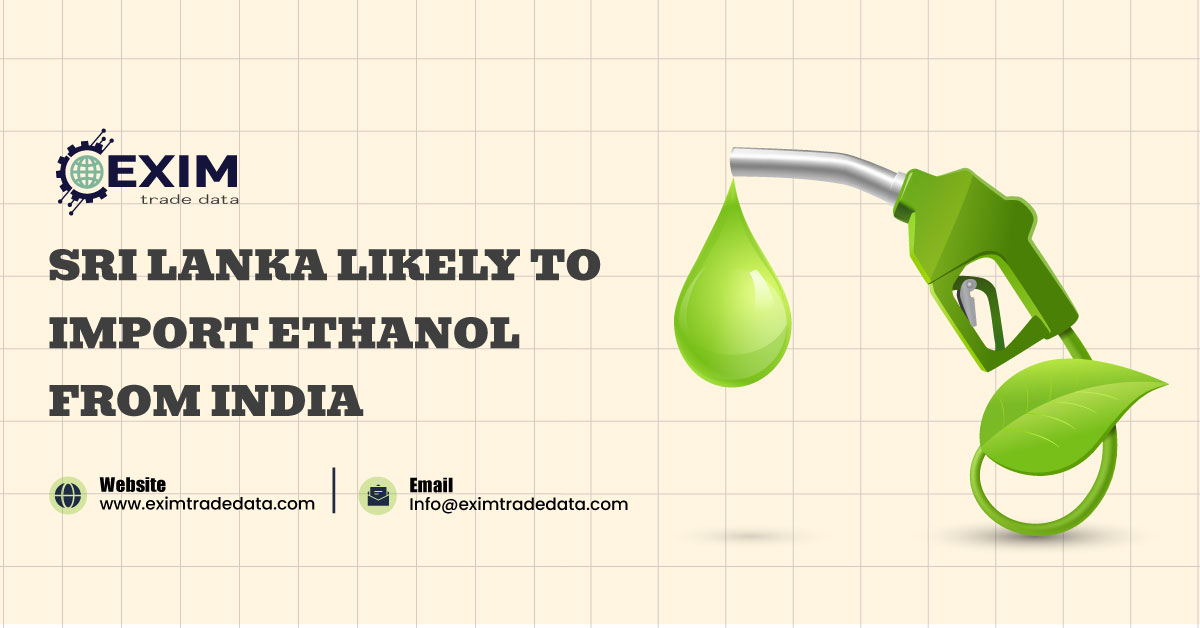Declining Russian exports to Europe
Once the biggest energy supplier of Europe, Russia's exports to Europe saw significant downfall this year. After engaging in the war with Europe and rising sanctions from the west, Russian exports to Europe are highly impacted. This resulted in Russia's reliance on exports to Asian countries. Russia import export data shows 70% increase in exports to Asia along with 68% growth in Asian imports.
Whereas, across the European market, Russia's exports saw a significant decline of 28% during fiscal year 2023. Russia export data suggest that exports to Europe were estimated to be $420 billion during last year. As compared to last year, there was a significant drop of $84 billion with 65%. On the other hand, exports to Asian countries climbed to record $300 billion with a 70% hike as compared to 48% in 2022.
Russia's overall energy products exports to Europe dropped by 31% and are estimated to be $256 billion. Russia's key exports to Europe are mostly crude oils and natural gas. Last year's EU's fossil fuels imports from Russia declined by 90%. Some countries have restricted their fossil fuels imports from Russia whereas countries like Slovakia, Hungary, Belgium, Spain, Netherlands, Bulgaria, Italy and Czech Republic are still buying Russian oil.
As per Russia customs data reports, around 32 billion dollars worth of crude oil and natural gas imports from Russia were made during last year. Netherlands, Germany, Switzerland, Singapore, Italy, Poland, and Austria were other noticeable crude oil importing countries from Russia. Among Russia's top crude oil export companies were Gazprom Automation, NK Rosneft and Suek Kuzbass.
On the other hand, Russia’s LNG exports were mostly to Germany, Italy, France, Poland, Austria, Netherlands and Slovakia. Among the top Europe's gas import companies were ENI from Italy, Engie from France and Polskie Gornictwo Naftowe from Poland were responsible for maximum natural gas import shipments from Russia last year. On the other hand, Russia’s metal exports across Europe declined by 15% and recorded to be $58 billion.
Whereas, the EU's major exports to Russia include machinery, pharma products, vehicles, plastics, electrical equipment, etc. Russia import data suggest that Russia's last year imports from European countries were recorded to be $280 billion with 11% increase. Although there was a fall of 12% in Europe’s suppliers to Russia.
The key gainers were machinery, electrical equipment, vehicles showing 25% increase with $145 billion exports last year. Germany, Italy and Austria were the top suppliers to Russia in 2023. Asian countries like China and India took the advantage of western sanctions on Russian crude oil. Russian exports to Asia saw record growth of 5.5% and estimated to be $304 billion in 2023.
On the other hand, Russian imports from Asian countries increased by 28% and recorded to be $184 billion in 2023. Among Asian countries, top importers were China and Russia. China import data shows around 107 million tons of crude oil from Russia in the past fiscal year. Whereas, India was responsible for 36% of Russia's overall crude oil exports.
Among other prominent Asian countries which imported frequently from Russia were Turkey, Japan, South Korea, Kazakhstan, and Turkmenistan. Apart from crude oils, natural gas, fertilisers, wheat and seafood are the major exports from Russia across Asian countries. Experts see positive exports growth for Russia across Asian markets and further decline in the exports to European markets due to more sanctions.
Russian import export company owners can minimize the uncertainty in the international market by the trade reports offered by the global import export data provider. Russian companies can identify market demand by identifying top trending products, pricing, quantity, shipping value, ports volume, top trading companies, and competitor records. Accurate global trade information will help you plan effective marketing strategies and generate more ROI by offering genuine customers from the international market.




Comments
Post a Comment